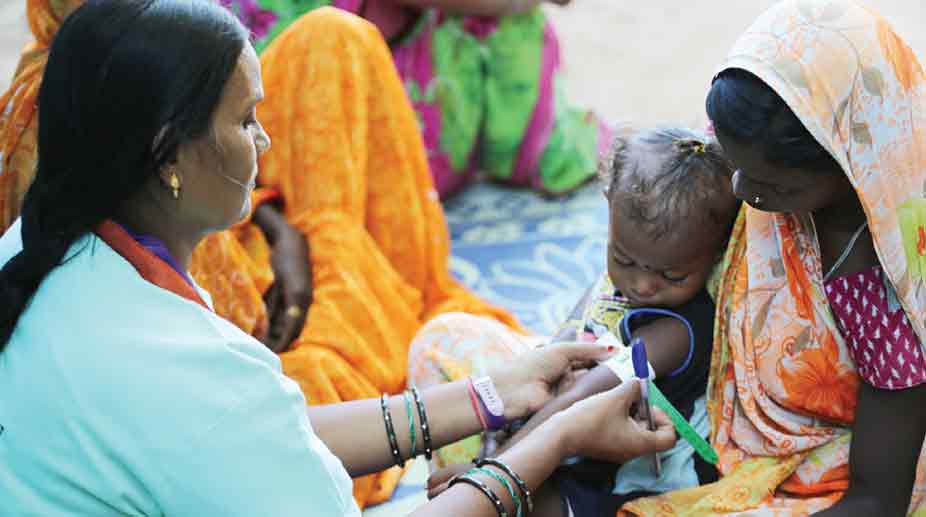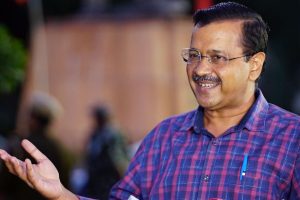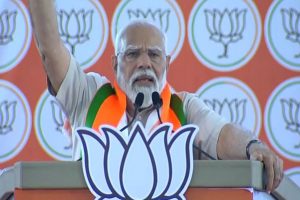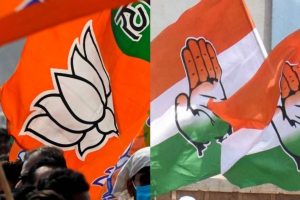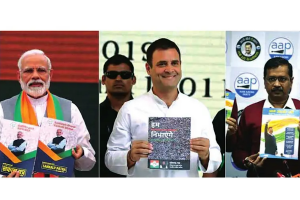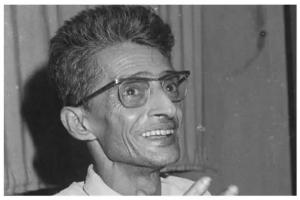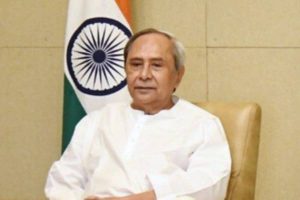The current shortage of doctors in rural areas is mainly due to four reasons: 1) there is an aggregate shortfall of doctors in India; 2) there is greater demand for doctors and associated higher returns for private practice in the urban areas; 3) lack of adequate infrastructure and technology in the rural areas, and 4) mismatch between training standards of doctors and rural needs.
The first reason is associated with inadequate production of doctors to adequately meet the needs of growing population. Based on the registration stock of doctors, the WHO and the Government of India cited that there were seven doctors per 10,000 people during 2007-2013. In contrast, a study undertaken by the author found that there were only 4.8 doctors per 10,000 population available in India in 2014 after considering deductions from the stock for retirement and emigration of doctors.
The study also emphasised that the country needs 1,476,000 practicing doctors in 2030 to meet a doctor-population ratio of 1:1000 people. This needs a growth rate of 120 per cent over the 2014 registered stock of doctors. Keeping in mind that the growth rate of registered doctors in each of the last two decades was merely 40 per cent, the growth rate of 120 per cent in the next 15 years would be difficult to achieve. Moreover, even an achievement of 1 doctor per 1,000 population in aggregate may not necessarily ensure adequate access of doctors in rural areas.
The other three reasons stated above cause unequal distribution of doctors between rural and urban areas. As per the Indian Public Health Standards’ (IPHS) norm to have at least one doctor in every Primary Health Centre (PHC) and nine doctors (including specialists) in a Community Health Centre (CHC), there was a shortfall of 57,951 doctors in 2014. Even if we were able to overcome this shortfall by filling the vacant positions, our rural public sector doctor-population ratio would have still remained low at 1.2 per 10,000 population, below the WHO’s minimum norm of 2 doctors per 10,000 people.
It is also important to recognise that doctors trained under modern infrastructure are unwilling to work in rural areas under the prevailing conditions. A majority of the students who have access and wherewithal to study medical education are predominantly from the urban middle class; their expectations are drawn from their urban socialisation and aspiration. Rural areas do not have the social infrastructure such as roads, schools, electricity, internet connectivity and so on to match with the expectations and aspirations of the urban youth.
The young doctors in rural areas also find it difficult to manage and get access to professional support such as laboratory, conferencing and senior medical advice, etc. that are key to their career progress. Thus, their career prospects and the quality of life they can expect to provide to their families and children in an isolated environment is much below their social aspirations and dreams. Part of the resistance to rural service also comes from the fact that a large proportion of doctors train themselves as specialists. Specialist doctors are most likely to set up their service bases in urban areas in order to quickly recover their training costs or repay loans obtained for their education.
Though improvement of rural conditions through enhancement of rural infrastructure and incentives to doctors to practice in rural areas are necessary, these measures may not be sufficient to challenge the aggregate rural shortage of doctors (or healthcare practitioners). Therefore, a new cadre of health care workers is necessary to curb the dependence on doctors and improve access of healthcare services in rural areas.
In this direction, a three-year medical degree named as B.Sc. (Community Health) was introduced by the Central Government in August 2014. However, due to the lack of political will to counter the opposition of the Medical Council of India and Indian Medical Association, the course could not take off in the whole country. This initiative needs to be implemented on a pan-India basis to make a significant positive impact on rural health care and achieve health targets of the Sustainable Development Goals by 2030.
The writer is Associate Professor, Economics and Business Policy, FORE School of Management, New Delhi

